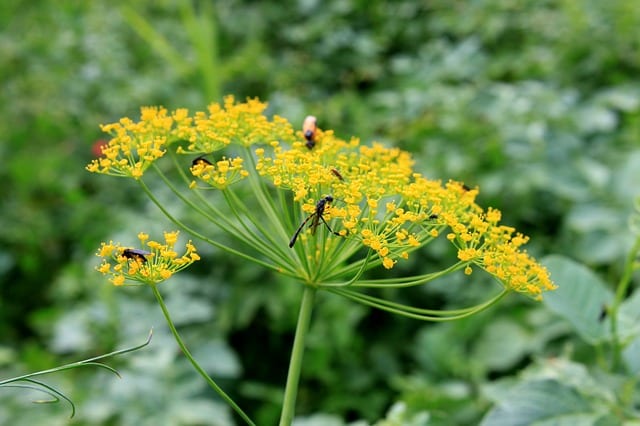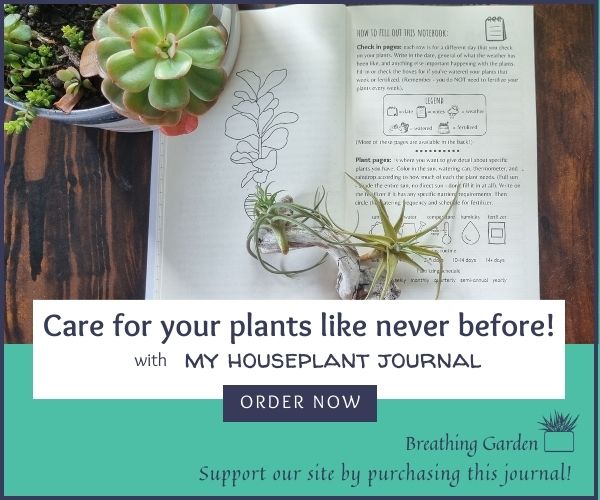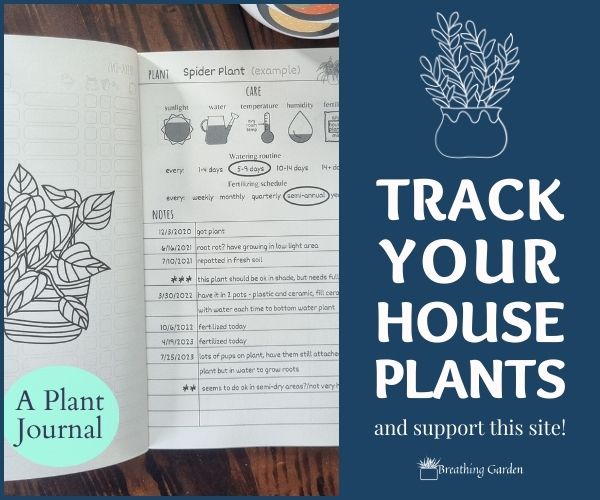Dill is an interesting plant to grow. Mostly it’s thought of as connected to pickles. Which dill is used in dill pickles thankfully! Not only that, but dill is a great plant to have in your garden. These are some of the best dill companion plants to grow!
*This post may include affiliate links. When you purchase items from these links, we will receive a small commission, at no extra cost to you, to help support this website. Thank you for your support! Read more ->
This article will start with dill companion plants to grow in a vegetable garden, and then some in container gardens!
Related: Zucchini Companion Plants, Strawberry Companion Plants
Why Grow Dill?
Including dill in your garden will attract not only bees and butterflies, but also invite natural pest controls in the form of lady bugs, praying mantises, and parasitic wasps that love to eat what eats your garden.
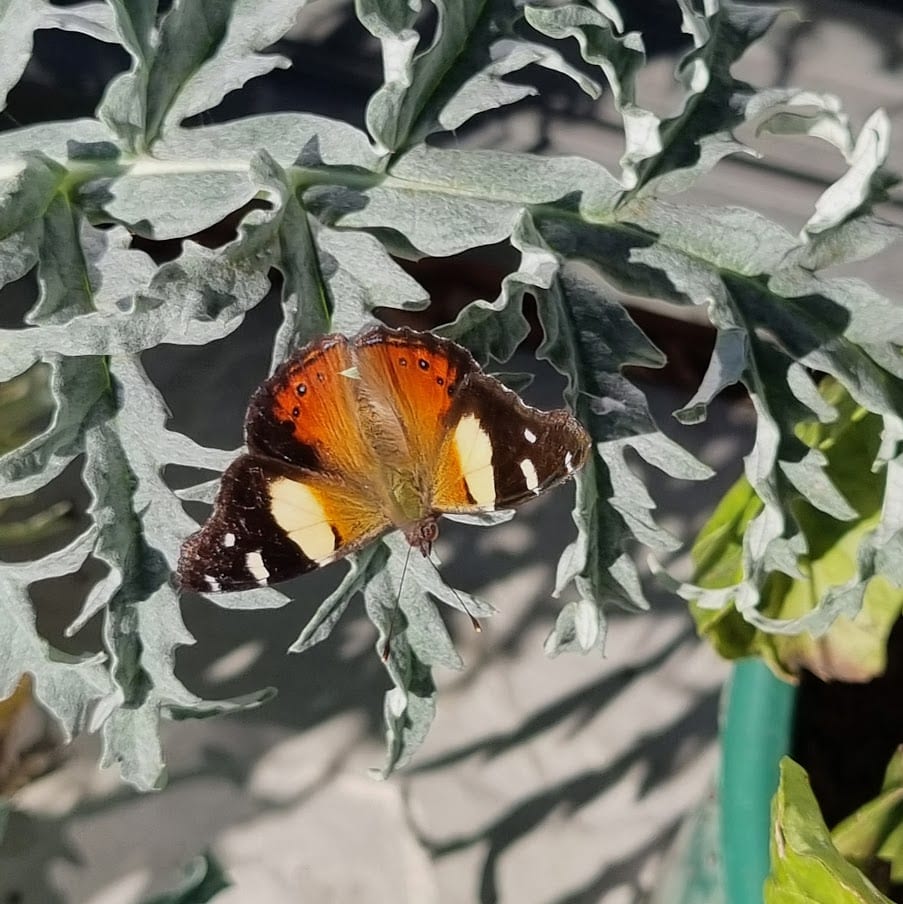
Not only that, but it’s a great herb to pair with egg and fish dishes of all sorts.
While dill is, in its own right, a beneficial plant to any garden, there are certain plants that thrive living next to dill, and others that will struggle near it. That’s why it’s helpful to pay attention to companion planting!
These are some plants you should grow dill near, whether in a vegetable garden or herb garden!
All Brassica Species (i.e. Broccoli, Cabbage)
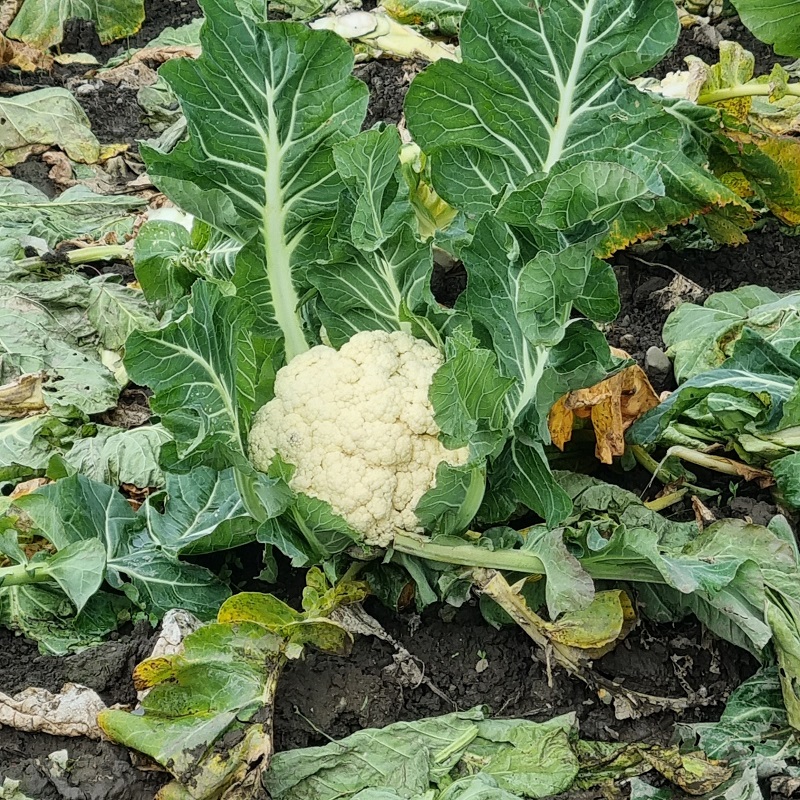
The brassica species is a wide variety of plants. These include broccoli, cabbage, cauliflower, brussel sprouts, and so many more. Planting dill with any brassica species is beneficial, except perhaps cauliflower.
The reason to grow dill with any of these vegetables is to control pests. The bright flowers of dill attract insects like predatory wasps (to keep the other bugs at bay like cabbage worms), while the flavor compounds and oils produced by dill are unpleasant for most brassica predators.
All brassica species enjoy cool, wet growing conditions with lateral sun. This means that growing them in the spring and fall, often into the winter in more southern locations, is ideal.
Planting mature dill with them is ideal, especially in the spring. This keeps the pests that are hatching from being attracted to your young plants in the garden.
Aphids, cabbage moths, and cabbage worms are not something you want to be dealing with.
Corn

Corn is another great plant to be protected by dill plants. Not only does dill deter unwanted bugs and insects of corn, it also brings in pollinators. While corn is often wind pollinated, if you’re planting a smaller crop than an industrial farm, dill can often provide a bit of extra help bringing in beneficial insects.
Lettuce
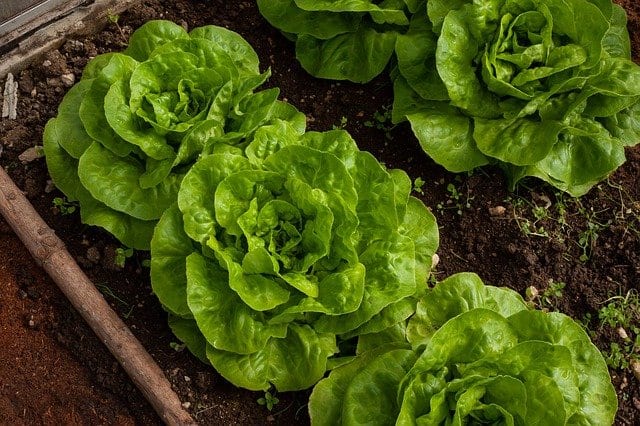
Lettuce is probably one of the plants that benefits thee most from being grown with dill. Lettuce is a sucker for bugs to eat before you can get to it. Dill is protective, like with the cabbage plants, by attracting predatory insects.
Hoverflies, predatory wasps, and praying mantises all love dill’s feathery green leaves and bright yellow umbels (clusters) of flowers. But don’t worry about the caterpillars that might take their share of those dill greens. They’ll be beautiful butterflies in a few months.
It does best as a spring and fall crop, so plan to include it with your brassicas. Lettuce does prefer moist, well-drained soils, with lots of organic matter in the mix.
It’s also very sensitive to low pH, and it’s happiest when planted in more basic soils of 6 or higher. If it’s a spring garden you are aiming for, start lettuce from seed indoors about four to five weeks before the last frost date. It can also be grown from seed in late summer, although you may need to provide a bit of made shade to keep the soil cool enough for germination.
Onions

Unlike most of our plants in this list, it’s the onions that are more beneficial to dill plants. Onions and garlic are fantastic protectors of this plant, and also fulfill a few of the same roles when it comes to pest control.
They also help keep some of the pests off of brassica family members, so you can double up without trouble.
Find an entire article on growing onions in containers from other containers!
Because you’re planning to eat the bulb and not the greens, its important to nourish the soil properly. A fall planting will be ready about one year later, and onions are known to be heavy feeders. If the plant doesn’t get enough nourishment from the soil, it takes it from the bulb. So, enrich the garden site with plenty of composted manure and be sure it will get full sun. This is what makes onion ag ood companion plant.
Basil

Much as with dill, basil enjoys a cooler, moister soil. If it’s too hot and dry, the way Mediterranean herbs tend to like it, both species will stop growing.
However, planted together, they enhance the natural oils produced by each, making both species a bit more potent and better at repelling pests. Basil is also excellent as a mosquito repellent herb, and you should always keep some growing around seating areas such as the patio.
While basil does well with moister soil, it is still a tropical plant in origin. Pick a spot that gets plenty of sun, but don’t forget to water it regularly. Six to eight hours of direct sunlight or slightly dappled afternoon shade will see your garden basil prosper.
Nasturtium Flowers
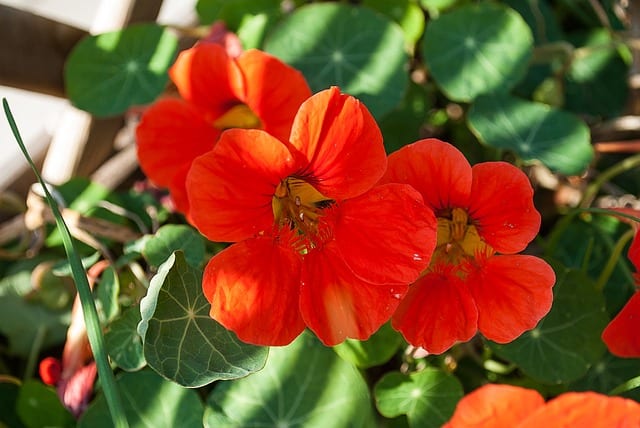
Nasturtiums are an edible flower, where both the stem and flowers are edible! They can also be grown in containers to add a pop of color to any porch!
These have bright yellow or orange flowers and they provide a brilliant accent to both garden and table.
They fall into two main categories. Tropaeolum major, or trailing nasturtiums, and Troaeolum minor, the bush variety. Within these two groups are quite a few varieties, so do your research first! The trailing variety will need support in your garden. but do be careful as to which type you purchase. Trailing varieties require support.
These beautiful flowers do well in any type of soil, and you can sow the seeds directly in the dirt one to two weeks after your last frost date. They can also be started indoors a few weeks earlier.
Growing and mature plants do best in full sun, which means six to eight hours of steady light per day. These plants will also survive in partial shade, but won’t have as many blooms.
These are great dill companion plants as these will attract numerous pollinators, including hummingbirds and bees. However, be aware that they are often used as a trap crop—because they also attract aphids and draw them away from more valuable plants.
Avoid Growing These With Your Dill

Along with dill companion plants, there are also plants you definitely don’t want to plant near dill! Either they bring pests to the plant, steal nutrients, or in fennel’s case, cross-pollinate and create a completely different, unwanted flavor.
A few plants to avoid growing with dill include: caraway, fennel, carrots, and eggplant.
You can start your garden with confidence with these dill companion plants. Dill is a great plant in its own right, but doesn’t get enough credit for its other roles in the garden. Bring in plenty of good pollinators and predatory insects while you keep others at bay with natural oils and other compounds.
Pin It!
Want to keep these plant ideas for later? Save them to Pinterest!



